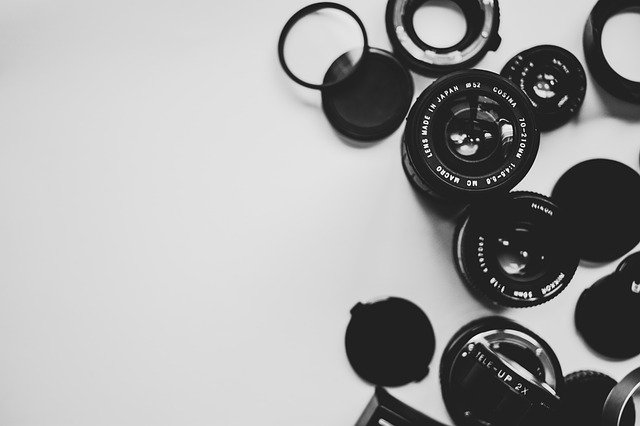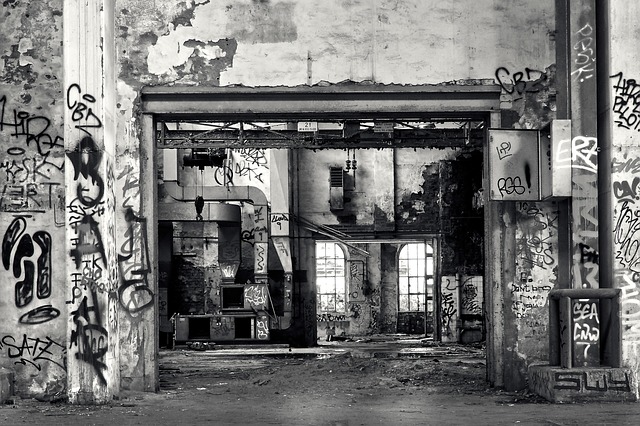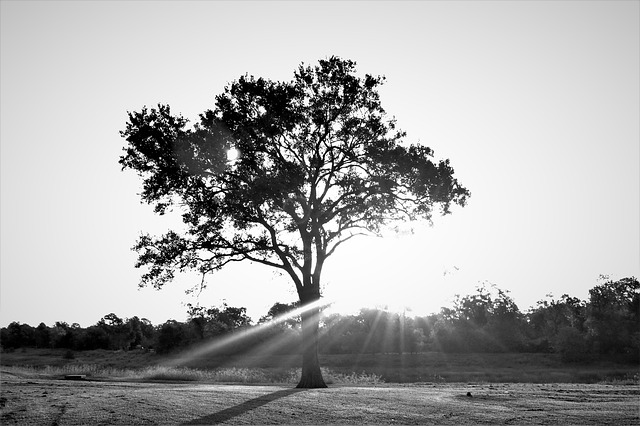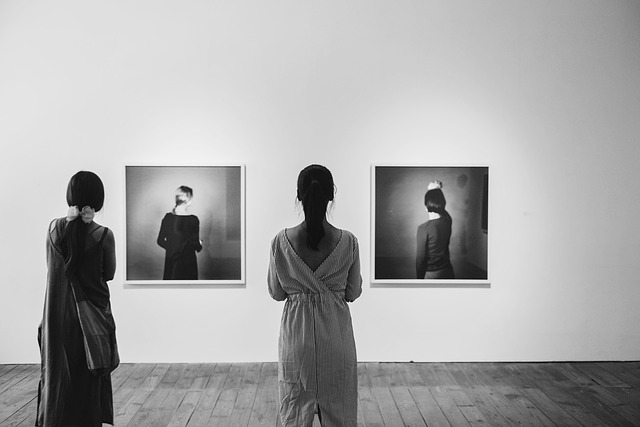There is nothing more iconic, more instantly recognisable as signifying a historic moment in time, than the classic black and white photograph. It just seems to iron out all the kinks, hide the bad bits and accentuate the good. It flatters imperfection and forges feelings of mystery both at once and as such, capturing an effective, resonant black and white shot requires a little more care than taking corresponding coloured photographs. B & W photos require a more artistic touch and thoughtful view of the world, and fostering one can help bring a whole new appreciation to the art of photography. With all this mind, here are 3 simple secrets to taking the IDEAL black and white photo.
Learn to Manipulate the Settings on Your Camera or Phone
Even basic digital cameras have various settings you can use to the best of your advantage, so exploit them. You’re probably reliant on the automatic feature, and maybe unaware of the raft of other extras at your device’s disposal? Don’t be afraid of consulting the experts, as there’s loads of technical knowledge out there and people are willing to share it. GuruShots write in their guide the importance of delving deeper into the features of your camera. Here are two essentials to consider:
-
HDR
High Dynamic Range, known by tech-heads as HDR, is a camera feature that allows you to get more range of light and dark within your photos. It’s super helpful when taking black and white photos because you need to achieve a better range of light. HDR utilizes several photos, and you can then choose the one that you prefer. On smartphones, you’ll get two choices, a regular photo, and an HDR photo. When you take black and white photos, make sure you turn HDR on.
-
ISO
Most cameras and smartphones have built-in ISO settings. The ISO setting allows you to improve the sharpness of a photo, especially when the lighting is not perfect. Changing the ISO setting is easy once you find out exactly where it’s located on your camera or phone. Switch off the “automatic” mode and change the ISO to a higher shutter speed. You’ll immediately reduce the amount of blur in your pictures, especially in low light situations.
Concentrate on Lighting, Contrasts, and Textures
Creating interesting black and white photos starts with including a variety of contrasts, lighting and textures in the images; you don’t need fancy gear, or expensive software, just an eye for detail. Decades ago photographers took incredible B&W photos on nothing more than the simplest cameras – these ancient images of Vegas are a fine example of great photography with no support from modern technology and technique.
Repetitive shapes or patterns go a long way to creating interesting compositions. Look for subjects that have interesting appeal when viewed in black and white. Sometimes a particular subject will become more interesting and illuminated through utilizing a variation of light or by taking the photo from a different perspective.
Photography is largely an art form. Which is why many companies who need photographs, hire companies like J Knowles photography.You are the artist and, as such, should be able to use your camera lens to bring out the image you visualise and want to portray. Make the most of programs such as Photoshop to post-process your photos after you take them.
Try Filters and Apps
Look with even the faintest curiosity and you’ll find a wide selection of filters that can help with your photography. Different coloured lens filters can help mitigate a variety of issues. For example, yellow filters absorb blue so they will darken the sky, clouds, and greenery. Yellow-green filters absorb red to lighten foliage. Orange filters absorb blue while light red filters absorb blue-green. This will lighten red tones and confer depth to blues and greens. Red filters will make a blue sky almost black. You get the (really multicoloured) picture.
The use of a light polarizing filter can significantly improve your black and white images. This filter cuts down the sunlight’s reflection and ‘bounce’ in your photos. Eliminating these distractive elements makes for a more composed result.
Remember that filters lighten any color that is similar to its own, and darkens other colors. Lens filters are generally inexpensive, allowing room for experimentation, to assess their capability in improving your black and white photographs. Filters are also available for smartphones, typically fitting over the lens and clipping onto the phone.
If you’re taking black and white photos with your phone’s camera, a large array of apps are at hand to assist in the process. Some allow a preview in black and white before you actually take them, additionally providing adjustments to change the contrast in real time. Some also have monochromatic, amongst other, effects that let you get even more creative with your phone than you thought possible.









